On August 6, the Ho Chi Minh City Institute for Development Studies said that at a recent working session with the Industrial Development and Investment Corporation (Becamex Group - a state-owned enterprise under the Ho Chi Minh City People's Committee), the two units implemented cooperation on many important issues, including researching the project to develop the urban railway system.
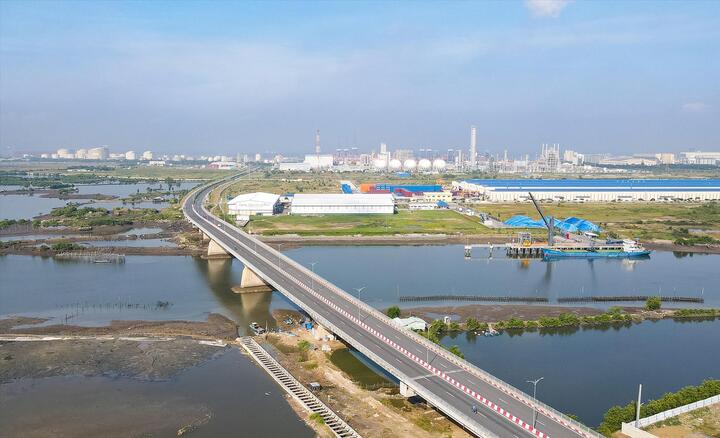
The company proposed to build a fast railway connecting Ho Chi Minh City with Cai Mep, Bau Bang and Can Tho. (Photo: BL)
Mr. Le Nguyen Bao Trong, Director of Technical Economics , Becamex Group proposed to implement a fast railway line connecting the center of Ho Chi Minh City to Cai Mep, Bau Bang, Can Tho. The project's goal is to build a green logistics axis in the South connecting the center of Ho Chi Minh City to these three locations, becoming the green transport backbone of the South and a premise for the North-South high-speed railway.
According to him, the project will solve problems related to transport infrastructure and environment, promote digital transformation, green transformation, and sustainable economic development through the integration of industrial parks, seaports and urban areas along the route, increasing import-export competitiveness.
Mr. Le Nguyen Bao Trong shared that currently, Cai Mep – Thi Vai port cluster accounts for 25% of the country’s container output and 50% of the southern region’s container output. Meanwhile, Cat Lai port is overloaded.
The industrial zones in the Northwest of Ho Chi Minh City and the Mekong Delta have a huge demand for transporting goods and raw materials. Meanwhile, road traffic is often overloaded, logistics costs are 15 times higher than the world , and transportation costs account for 25% of the cost.
In addition, emissions from road transport are 10 times higher than those from electric railways. These are the reasons why Becamex Group proposed to build a railway connecting the center of Ho Chi Minh City to Cai Mep - Bau Bang - Can Tho .
The group representative also proposed the route of the first phase of the railway. Specifically, the Ho Chi Minh City - Cai Mep route (from the center of Ho Chi Minh City through Dong Nai to Cai Mep Port) is about 86.4km. This route starts from An Binh station (Ho Chi Minh City) following the Trang Bom - Saigon (Hoa Hung) - Tan Kien railway line and the Bien Hoa - Vung Tau railway line to Cai Mep port cluster (with a branch connecting Trang Bom station 11km away). The speed is 160km/h for passenger trains and 120km/h for freight trains.
The Ho Chi Minh City - Bau Bang route from the center of Ho Chi Minh City to Bau Bang Industrial Park (Northwest area of Ho Chi Minh City) is about 52km long; has a speed of 160km/h for passenger trains and 120km/h for freight trains.
The Ho Chi Minh City - Can Tho route goes from the center of Ho Chi Minh City through Tay Ninh, Dong Thap, Vinh Long to Can Tho, about 174km long. This route has a speed of 200km/h for passenger trains and 160km/h for freight trains.
According to Mr. Trong, the routes are designed to connect with each other, forming a flexible transportation network, connecting seaports, industrial zones and urban centers. This project can reduce 1.7 million emissions and save more than 2.2 billion USD in logistics costs each year.
Dr. Truong Minh Huy Vu, Director of the Ho Chi Minh City Institute for Development Studies, said that the unit will work with Becamex to study and propose a railway route connecting Ho Chi Minh City with Cai Mep, Bau Bang and Can Tho. The next issue is to carefully study the method of investment and urban development in the direction of public transport development (TOD) in a suitable and effective manner.
Source: https://vtcnews.vn/de-xuat-lam-tuyen-duong-sat-nhanh-ket-noi-trung-tam-tp-hcm-den-cai-mep-bau-bang-can-tho-ar958321.html


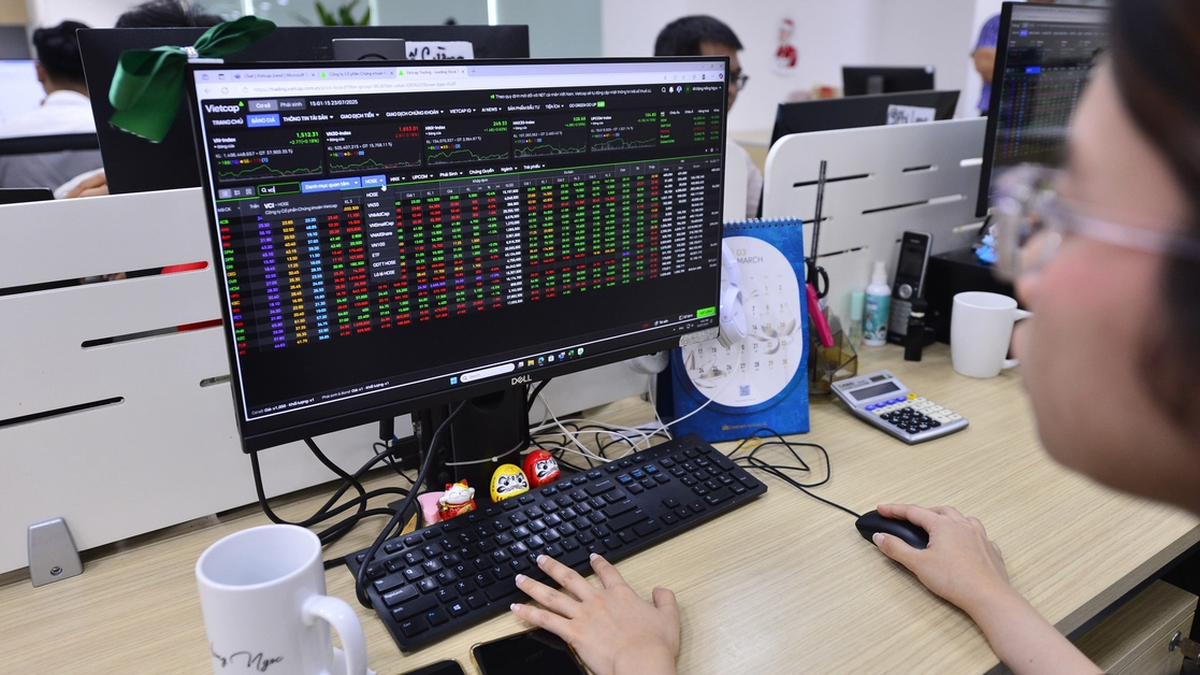
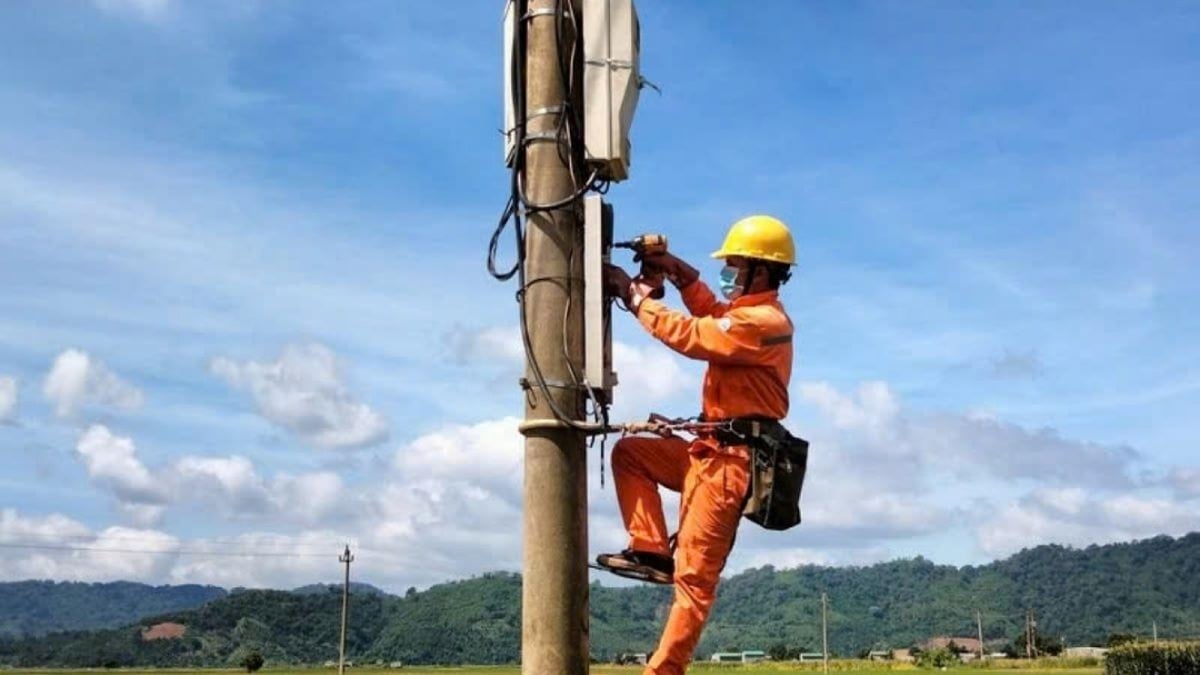

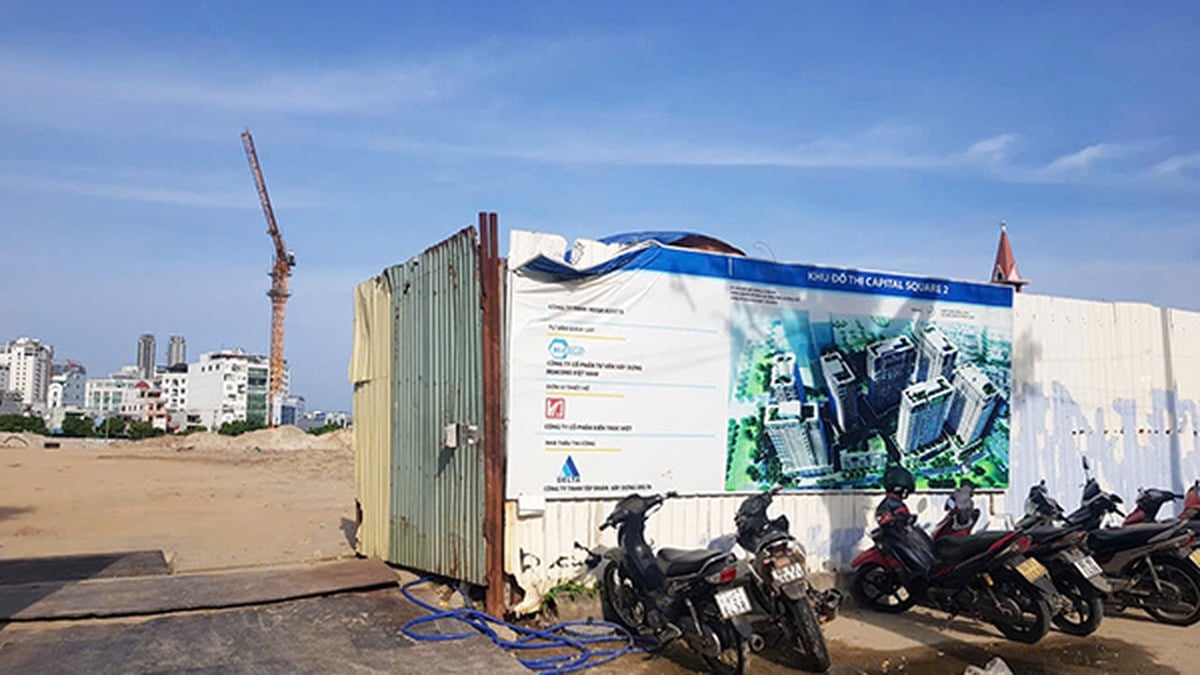


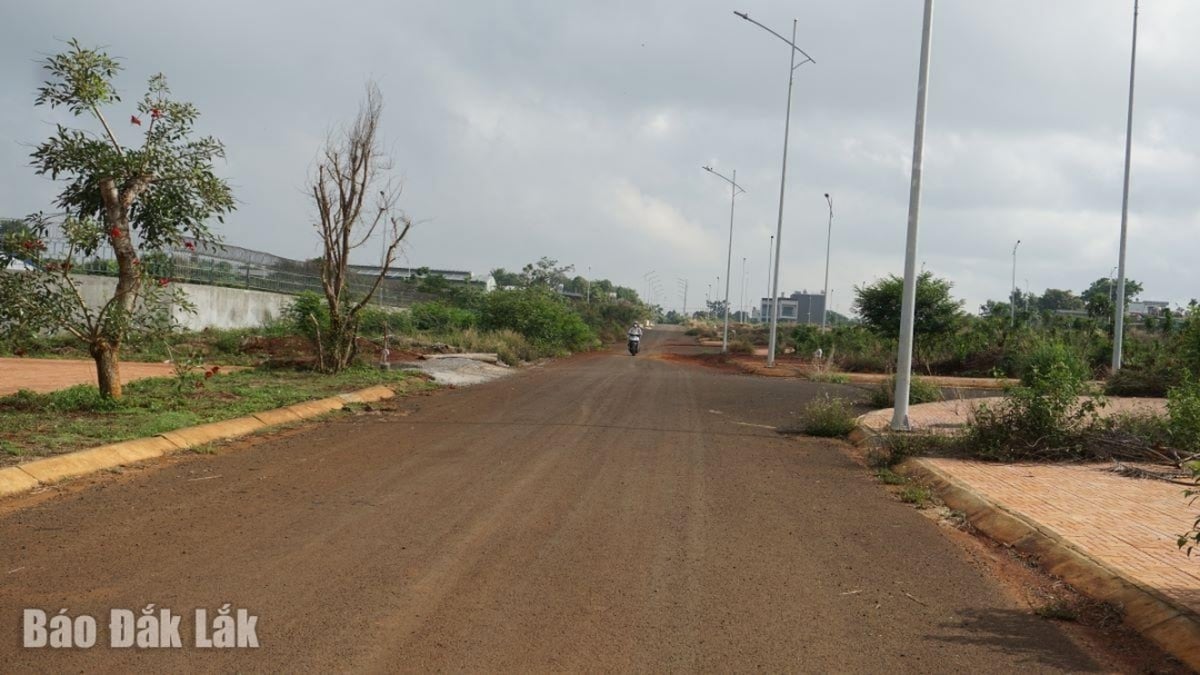


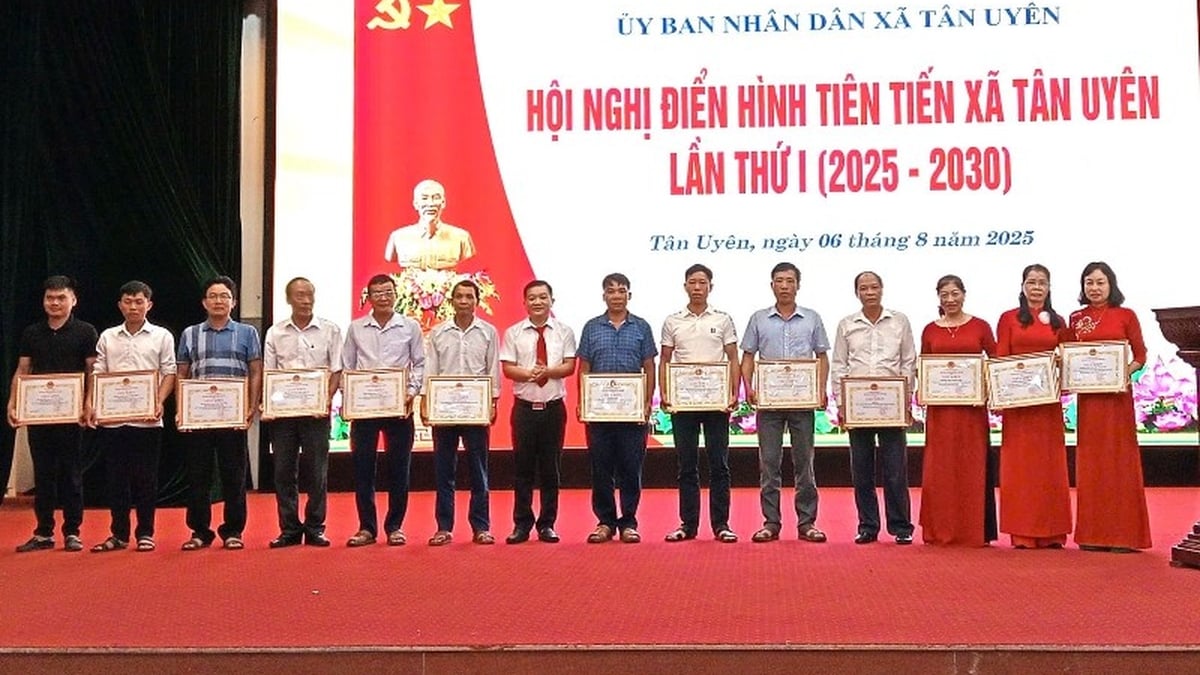














![[Photo] Discover the "wonder" under the sea of Gia Lai](https://vphoto.vietnam.vn/thumb/1200x675/vietnam/resource/IMAGE/2025/8/6/befd4a58bb1245419e86ebe353525f97)

![[Photo] Nghe An: Provincial Road 543D seriously eroded due to floods](https://vphoto.vietnam.vn/thumb/1200x675/vietnam/resource/IMAGE/2025/8/5/5759d3837c26428799f6d929fa274493)


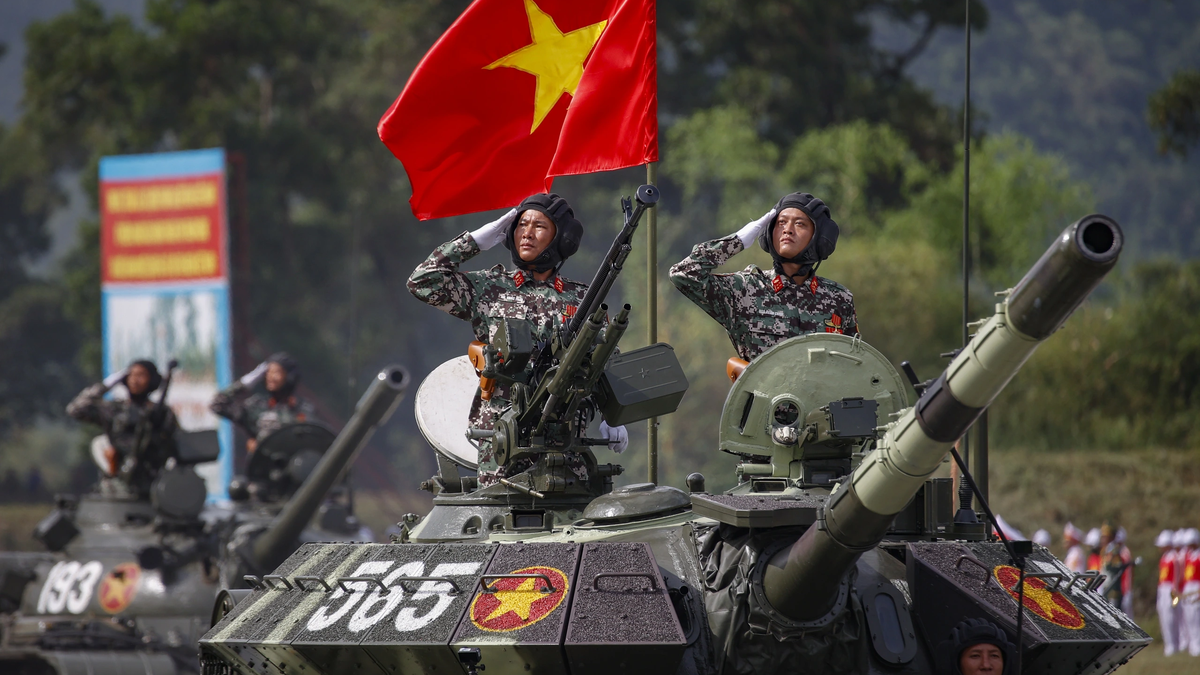






































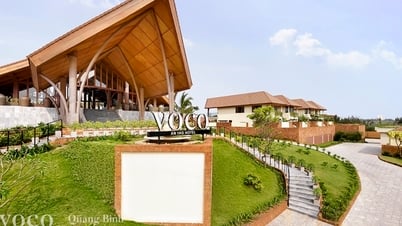
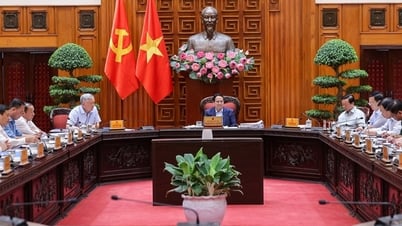
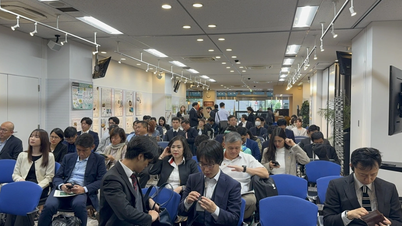


















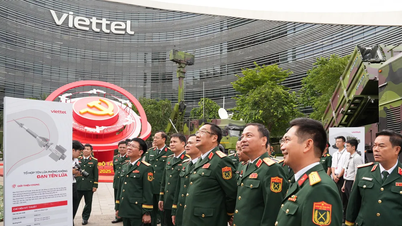

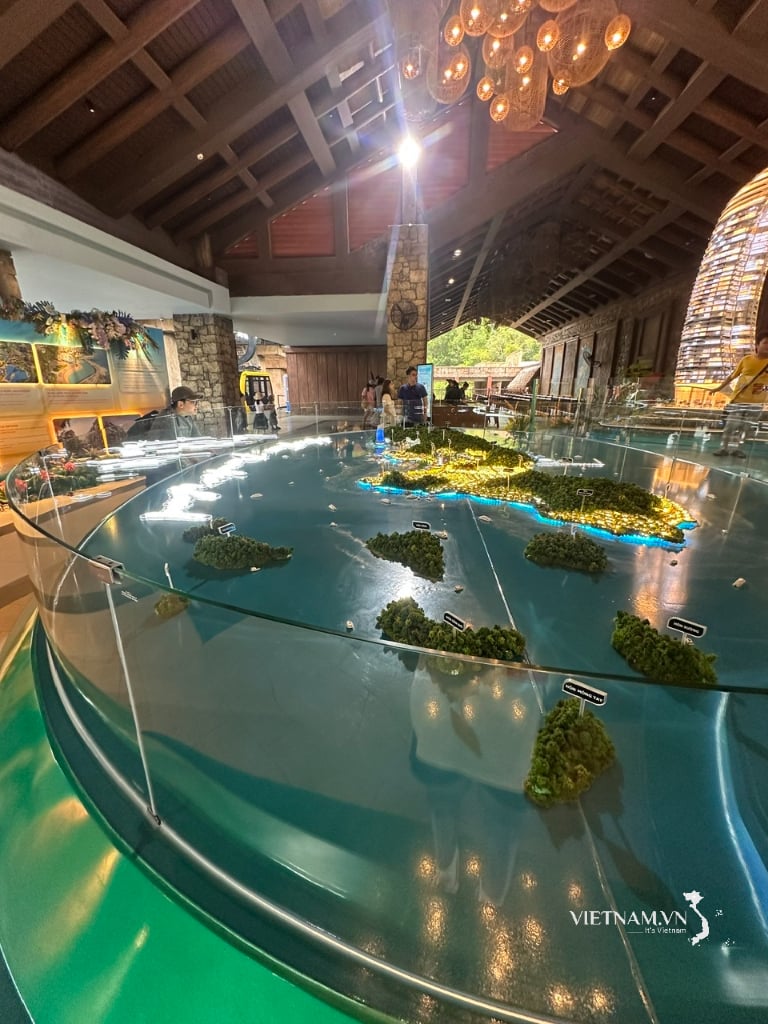



Comment (0)